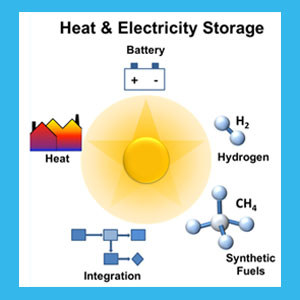Speaker
Mr
Jean-Pierre Brog
(University of Fribourg)
Description
High-temperature lithium cobalt oxide (HT-LiCoO2) and its multimetallic derivatives containing nickel, manganese and aluminum (LiNi0.33Co0.33Mn0.33O2 and LiNi0.8Co0.15Al0.05O2) are currently the most used cathode materials for secondary lithium ion batteries (LIB). Its industrial synthesis requires rather long and high energy consuming heat treatments.[1] Those processes generally produce particles in the micrometric range with a relatively large disparity of size and shape.
In order to decrease the necessary time, the energy and by extension the manufacturing cost and ecological impact of this cathode material, a new organometallic way for the formation of lithium cobalt oxide has been investigated.
This method is based on the formation and the combustion of pre-organized complexes using O-donor ligands such as aryloxides and alkoxides. The amount of carbon per ligand has been reduced to one with the methoxide as ligand.
Several different precursors have been successfully synthesized. The total time of preparation has been reduced to 3 h and the temperature required has been lowered to 450 °C.[2] The size of the particles could be tuned down to nanoscopic scale. Finally, the nano-LCO showed an interesting enhancement in terms of Li-ion diffusion, which is one of the key parameters in LIB.
[1] “Atomic resolution of lithium ions in LiCoO2”, S.-H. Yang, L. Croguennec , C. Delmas, E. C. Nelson, & M. A. O'Keefe, Nat. Mater., 2003, 2, 464-467.
[2] “Lithium metal aryloxide clusters as starting products for oxide materials”, A. Crochet, J-P. Brog & K. M. Fromm, 2012, Patent, N° WO 2012000123
Author
Mr
Jean-Pierre Brog
(University of Fribourg)
Co-author
Prof.
Katharina Fromm
(University of Fribourg)

